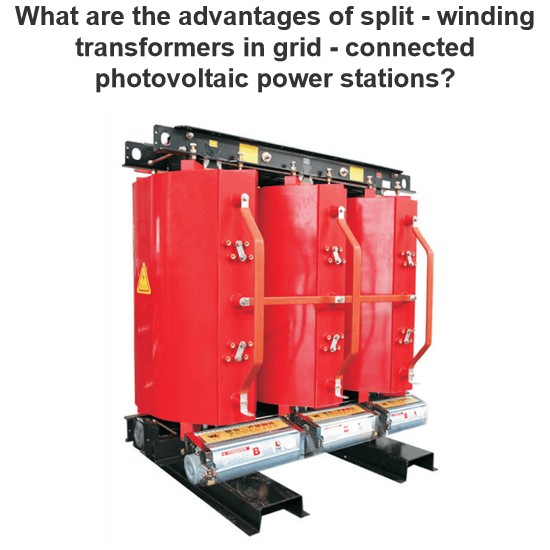What are the consequences of connecting a higher output voltage than input in an isolation transformer?
Consequences of Connecting an Output Voltage Higher than the Input Voltage in an Isolation Transformer
In an isolation transformer, if the output voltage is set higher than the input voltage, it can lead to a series of serious consequences. The basic principle of an isolation transformer is to convert the input voltage to the desired output voltage through electromagnetic induction. The turns ratio of the transformer determines the relationship between the input and output voltages. If the output voltage is higher than the input voltage, it means that the secondary winding has more turns than the primary winding, making the transformer a step-up transformer. However, if there is a design or operational error that causes the output voltage to exceed the expected value, the following consequences may occur:
1. Overvoltage Protection Devices Trigger
Protection Mechanisms: Modern power systems are typically equipped with overvoltage protection devices such as circuit breakers, fuses, and surge protectors. If the output voltage is too high, these protection devices may immediately trip, cutting off the power to prevent equipment damage.
Consequences: Equipment shutdown, production interruption, and the need to check and repair the protection devices.
2. Equipment Damage
Electrical Equipment: Electrical equipment connected to the transformer's output may not be able to withstand the high voltage, leading to insulation breakdown, component failure, or permanent damage.
Electronic Equipment: Particularly sensitive electronic devices, such as computers, control systems, and sensors, may be damaged or rendered inoperable due to overvoltage.
3. Insulation Breakdown
Transformer Insulation: The insulation materials inside the transformer may not be able to handle the high voltage, leading to insulation breakdown, short circuits, or fires.
Cables and Connections: Cables and connections to the transformer's output may also be damaged by overvoltage, causing short circuits or fires.
4. Safety Risks
Personal Safety: High voltage increases the risk of electric shock, potentially causing injury or death.
Fire Risk: Short circuits or insulation breakdown caused by overvoltage may trigger fires, leading to property damage and casualties.
5. Grid Stability
Grid Impact: If the transformer is connected to the power grid, high output voltage can affect the stability of the grid, causing voltage fluctuations or frequency instability, which can impact other users' normal power usage.
Grid Protection: Protection devices in the grid may trip, isolating the fault area, leading to wider power outages.
6. Maintenance Costs
Repair Costs: Equipment damage caused by overvoltage requires repair or replacement, increasing maintenance costs.
Downtime: Downtime for repairs or replacements can interrupt production or services, leading to economic losses.
7. Legal and Compliance Issues
Safety Standards: Overvoltage may violate electrical safety standards and regulations, leading to legal liabilities and fines.
Insurance Issues: Insurance companies may refuse to cover losses caused by overvoltage, especially if improper operation or inadequate maintenance is found.
Summary
Connecting an output voltage higher than the input voltage in an isolation transformer can lead to serious consequences, including equipment damage, safety risks, grid stability issues, and increased maintenance costs. Therefore, it is crucial to correctly design and operate transformers to ensure that the output voltage meets the expected values. Regular inspection and maintenance of transformers and related equipment are essential to ensure their safe and reliable operation.
The Electricity Encyclopedia is dedicated to accelerating the dissemination and application of electricity knowledge and adding impetus to the development and innovation of the electricity industry.













